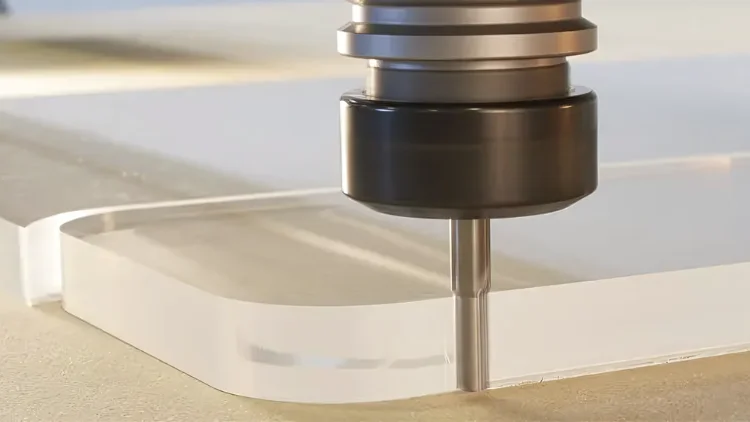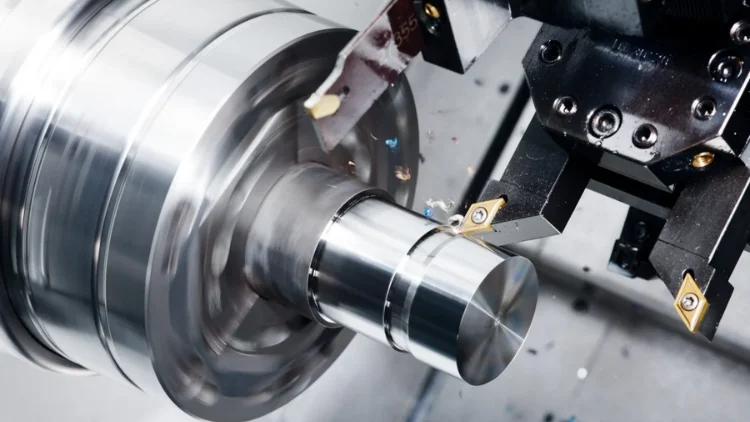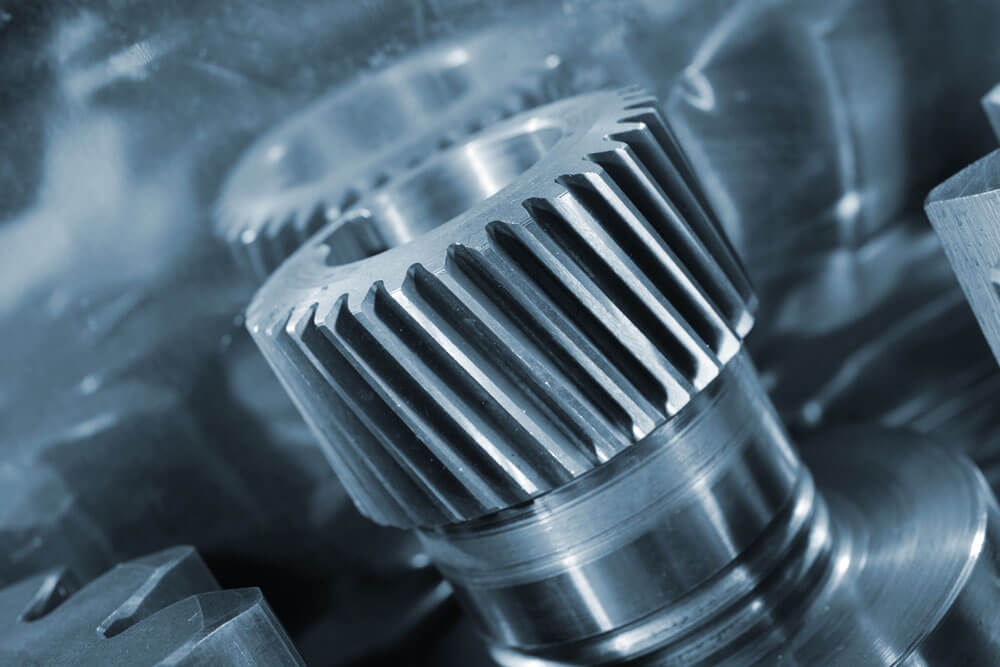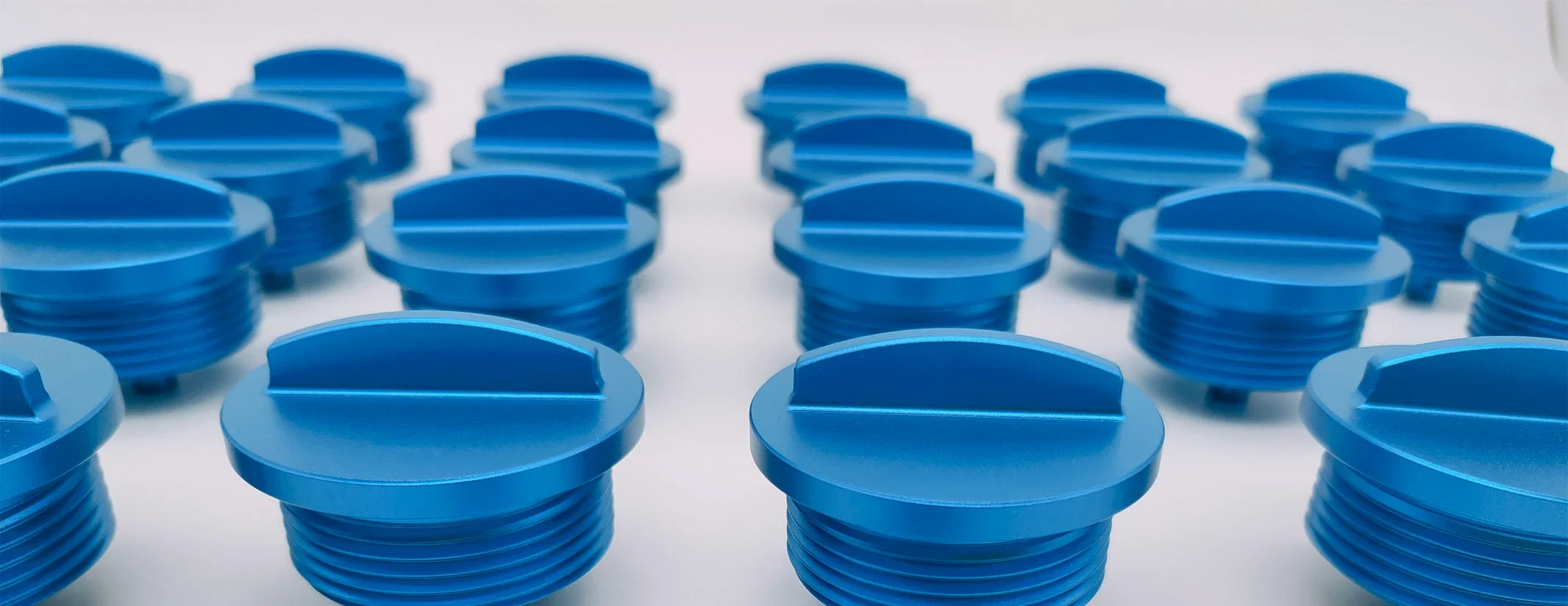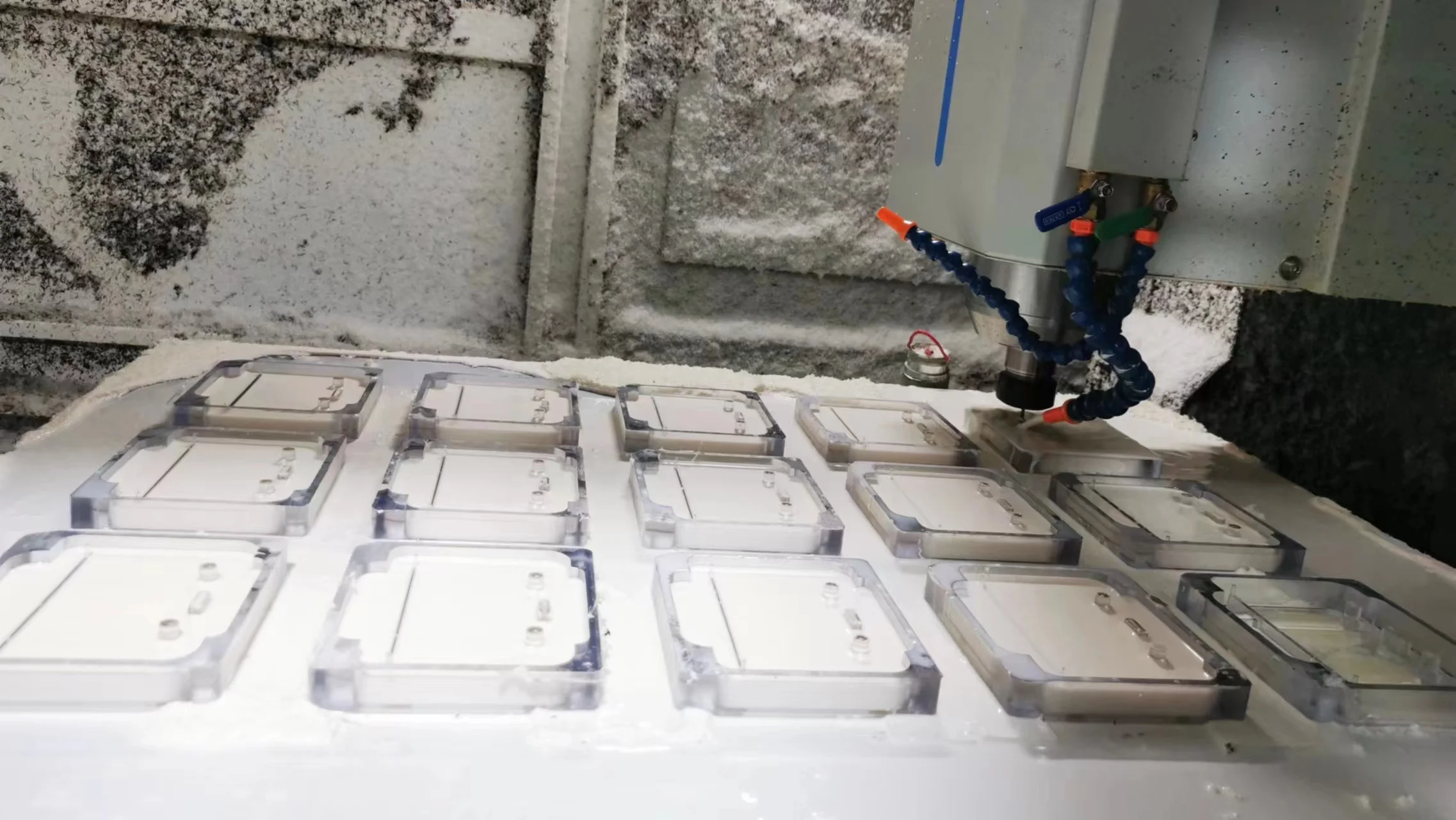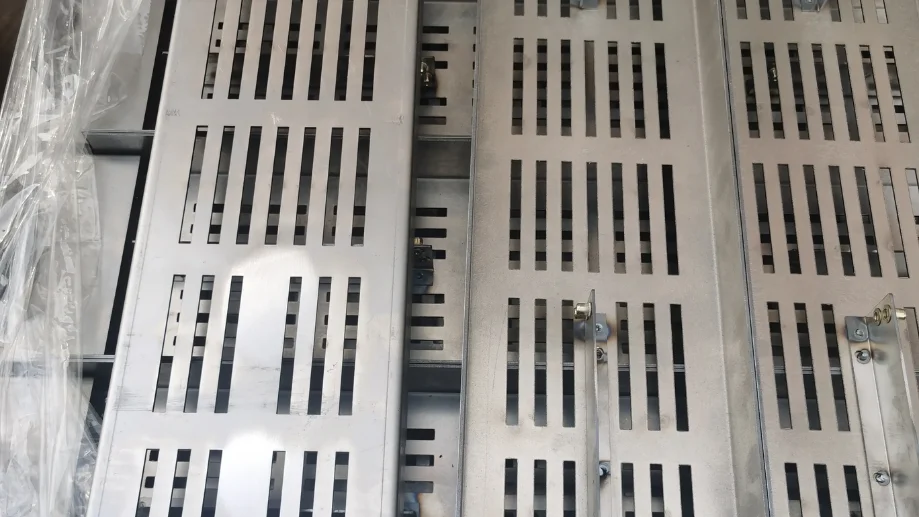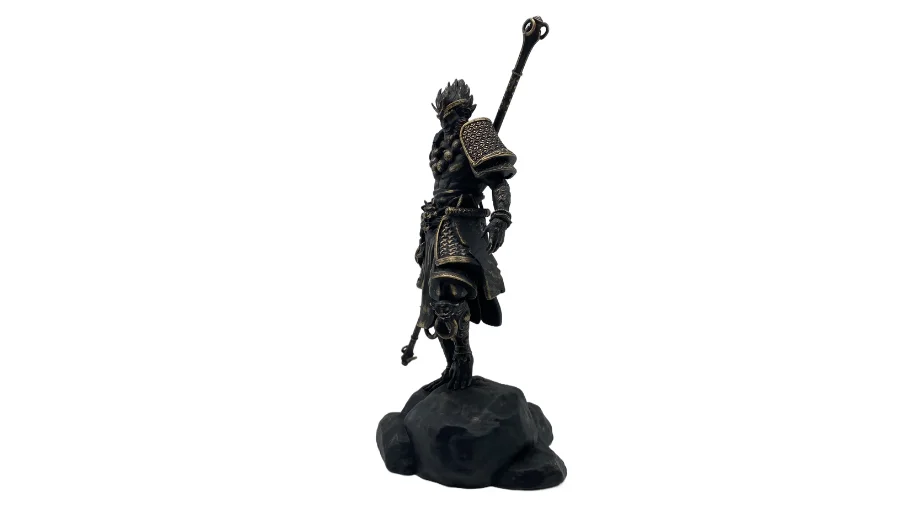- Capabilities
-
CNC Machining
Tight tolerance and 20+ finishes 3, 4 , 5 axis, as fast as 2 days -
Sheet Metal Fabrication
High-precision, on-demand sheet metal cutting and bending. -
3D Printing
SLA, SLS,MJF,SLM, FDM 3d printing with post treatment. -
Vacuum Casting
Production quality parts without the tooling investment.
-
- Solutions
Rapid Prototyping
Fastest lead time of high-quality prototypes at minimal cost.
Low Volume Production
From one-off prototyping to low-volume production.
Mechanical Assembly
Custom assembly for project-specific needs.
Custom Package
Ready to help you prompt your brand.
- Sources
Materials
Select from 100 more types of metals and plastics.
Finishes
Select from 20 more types of surface fishes.
Industries
Providing precision machining and manufacturing solutions.
Cases
How we assist our clients in bringing their projects to fruition.
- Company
Quality Assurance
Consistent quality, every time.
About Us
Your go-to manufacturer for custom parts.
Newsroom
Learn updated news about ECOREPRAP.
Table of Contents
- Where Does Aluminum Come From?
- What is CNC Machining?
- Best Aluminum Grades for CNC Processes
- What Are the Most Common Aluminum CNC Machining Processes?
- Benefits of Aluminum that Make it Ideal for CNC Machining
- Key Challenges in Aluminum CNC Machining
- Applications of Aluminum CNC Machined Parts
- How to Choose the Right Partner for Aluminum CNC Machining
Aluminum is a versatile non-ferrous metal widely used in numerous applications due to its affordability, non-toxicity, recyclability, and excellent machinability. These properties make it an ideal material for CNC machining. To fully leverage the potential of aluminum in manufacturing, it’s essential to understand the nuances of aluminum CNC machining.
This article delves into the intricacies of aluminum CNC machining, exploring the benefits of using aluminum, the various grades suited for CNC processes, and the common techniques employed.
Where Does Aluminum Come From?
Aluminum originates from bauxite ore, which is abundant in the Earth’s crust. The extraction process begins with the Bayer process, where aluminum oxide is extracted from bauxite.
This aluminum oxide is then subjected to electrolysis in the Hall-Héroult process, which separates pure aluminum metal from the oxide. The refined aluminum is then alloyed and used in various manufacturing applications, including CNC machining.
Related read: Titanium vs. aluminum
What is CNC Machining?
CNC (Computer Numerical Control) machining is a manufacturing process where pre-programmed computer software dictates the movement of tools and machinery. We use CNC machining to precisely cut, shape, and finish materials like aluminum into complex parts and products.
This technology allows for high precision, repeatability, and efficiency, making it a preferred method for creating detailed and intricate components across many industries.
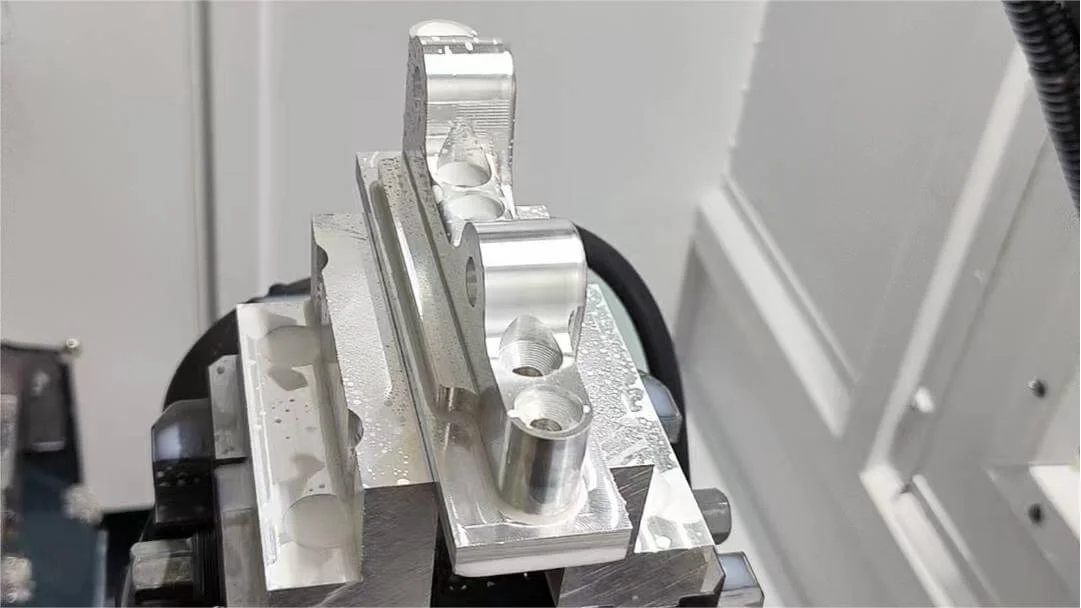
Best Aluminum Grades for CNC Processes
Aluminum grades refer to the classification of aluminum alloys based on their chemical composition and properties. These grades help manufacturers select the right type of aluminum for specific applications.
There are two common ways to denote aluminum grades:
Series Designation
1000 Series: Pure aluminum (99% or higher), known for excellent corrosion resistance and high thermal and electrical conductivity. Example: Aluminum 1100.
2000 Series: Aluminum-copper alloys, which are very strong but less corrosion-resistant. Example: Aluminum 2024.
3000 Series: Aluminum-manganese alloys, offering good corrosion resistance and moderate strength. Example: Aluminum 3003.
4000 Series: Aluminum-silicon alloys, primarily used for welding and brazing. Example: Aluminum 4045.
5000 Series: Aluminum-magnesium alloys are known for their excellent corrosion resistance and weldability. Example: Aluminum 5052.
6000 Series: Aluminum-magnesium-silicon alloys are versatile and widely used in various applications due to their good mechanical properties and corrosion resistance. Examples: Aluminum 6061, Aluminum 6063.
7000 Series: Aluminum-zinc alloys, which are the strongest aluminum alloys and are used in high-stress applications. Example: Aluminum 7075.
Specific Alloy Designations
- Aluminum 6061-T6
- Aluminum 6063
- Aluminum 5052
- Aluminum 7075-T6
- Aluminum 2024-T351
- Aluminum 2014
- Aluminum 7050
When selecting aluminum grades for CNC machining, it’s important to consider factors such as machinability, strength, corrosion resistance, and thermal properties.
Here are some of the best aluminum grades for CNC processes:
Aluminum 6061
This aluminum alloy offers excellent machinability and good mechanical properties. It features a high strength-to-weight ratio and excellent corrosion resistance. However, it is only moderately strong compared to some other alloys. Aluminum 6061 is typically used for structural components, automotive parts, aerospace applications, and consumer goods. electrical fittings, brake pistons, and bike frames.
Aluminum 7075
Known for its very high strength and good fatigue resistance, Aluminum 7075 is quite machinable but has lower corrosion resistance compared to 6061. It also requires surface treatments to improve its durability in harsh environments. This alloy is ideal for high-stress applications such as aerospace components, military equipment, and high-performance sports gear.
Aluminum 2024
This alloy offers high strength and excellent fatigue resistance, making it well-suited for aerospace industry parts. However, it exhibits poor weldability and is less corrosion-resistant. Surface treatments are necessary when used in harsh environments. Aluminum 2024 is typically used for bolts, aircraft fittings, and pistons.
Aluminum 5052
Aluminum 5052 provides excellent corrosion resistance and good formability. It is less machinable compared to 6061 and has moderate strength. This alloy is commonly used in marine environments, fuel tanks, and other applications requiring high corrosion resistance.
Aluminum 6063
Offering good mechanical properties and excellent finish quality, Aluminum 6063 is easy to form and extrude. It has good corrosion resistance but is not as strong as 6061. This alloy is often used in architectural applications such as window frames, door frames, and other decorative elements.
For more subtypes of aluminum available for CNC machining, you can click here.
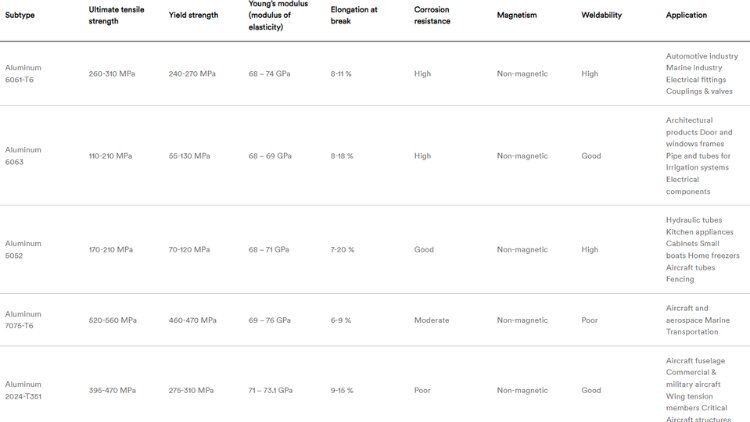
What Are the Most Common Aluminum CNC Machining Processes?
Aluminum CNC machining involves several processes, each tailored to achieve specific results based on the desired part geometry, precision, and surface finish. Here are the most common aluminum CNC machining processes:
CNC Milling
CNC milling involves using rotating cutting tools to remove material from an aluminum workpiece. This process is highly versatile and can produce complex shapes and features with high precision. It is commonly used for creating components such as engine parts, molds, and custom fittings.
CNC Turning
CNC turning uses a lathe to rotate the aluminum workpiece while a stationary cutting tool shapes it. This process is ideal for producing cylindrical parts, such as shafts, bushings, and fasteners. CNC turning can achieve high dimensional accuracy and smooth surface finishes.
Read about the type of lathe tool
CNC Drilling
CNC drilling employs rotating drill bits to create precise holes in aluminum parts. This process can produce holes of various sizes and depths, often used in conjunction with other machining processes. It’s commonly applied in manufacturing components like brackets, enclosures, and panels.
CNC Routing
CNC routing is similar to milling but is typically used for cutting and shaping large, flat aluminum sheets. This process is excellent for creating intricate patterns and profiles, often used in the production of panels, signage, and decorative elements.
Benefits of Aluminum that Make it Ideal for CNC Machining
Aluminum is a popular choice for CNC machining due to its unique combination of properties that make it highly suitable for a wide range of applications. Here are the key benefits of aluminum that make it ideal for CNC machining:
Excellent Machinability
Aluminum is known for its excellent machinability, allowing it to be easily cut, shaped, and finished with precision. This property reduces tool wear and machining time, resulting in cost-effective production.
High Strength-to-Weight Ratio
Aluminum offers a high strength-to-weight ratio, making it strong yet lightweight. This characteristic is particularly beneficial for industries such as aerospace, automotive, and consumer electronics, where weight reduction is critical without compromising strength.
Corrosion Resistance
Aluminum naturally forms a protective oxide layer that resists corrosion, making it suitable for use in harsh environments. This corrosion resistance extends the lifespan of aluminum parts and reduces the need for additional surface treatments.
Thermal and Electrical Conductivity
Aluminum has excellent thermal and electrical conductivity, making it ideal for applications that require efficient heat dissipation or electrical conduction. It is commonly used in heat sinks, electrical components, and thermal management systems.
Recyclability
Aluminum is highly recyclable, retaining its properties even after multiple recycling cycles. This sustainability makes aluminum an environmentally friendly choice and supports eco-conscious manufacturing practices.
Versatility
Aluminum alloys come in various grades, each offering specific properties tailored to different applications. This versatility allows manufacturers to select the most suitable alloy for their specific needs, whether it requires high strength, good formability, or excellent surface finish.
Cost-Effectiveness
Aluminum is relatively inexpensive compared to other metals like titanium or stainless steel. Its abundance and ease of machining contribute to lower material and production costs, making it an economical choice for many CNC machining projects.
These benefits make aluminum an ideal material for CNC machining, supporting a wide range of applications across various industries with efficiency, precision, and reliability.
Key Challenges in Aluminum CNC Machining
Despite its many advantages, aluminum CNC machining presents several challenges:
Chip Formation: Aluminum tends to form long, continuous chips that can wrap around tools, causing tool breakage and surface defects. Efficient chip removal strategies are essential.
Tool Wear: Aluminum can be abrasive, leading to rapid tool wear. Using high-quality, coated tools can mitigate this issue.
Heat Management: Aluminum machining generates significant heat, which can affect precision and surface finish. Proper cooling and lubrication are necessary to manage heat effectively.
Surface Finish: Achieving a smooth surface finish on aluminum can be challenging due to its softness. Fine-tuning cutting parameters and using sharp tools help in obtaining a better finish.
Material Selection: Choosing the right aluminum alloy for specific applications requires careful consideration of the material properties and machining requirements.
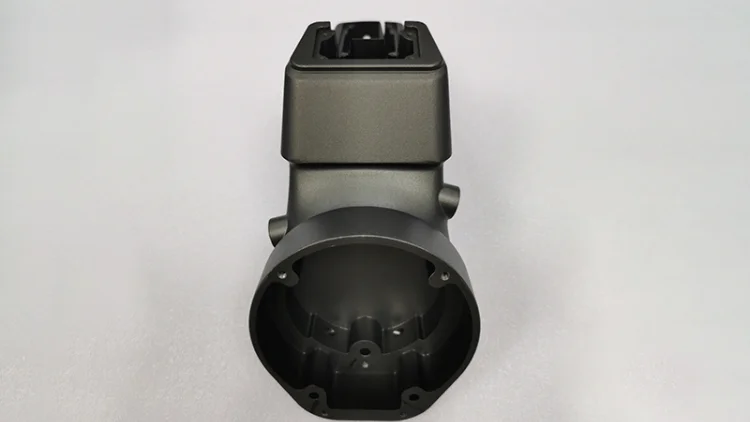
Applications of Aluminum CNC Machined Parts
Aluminum CNC machined parts are used in a variety of industries due to their versatility and performance:
Aerospace: Components such as aircraft fittings, structural parts, and brackets benefit from aluminum’s high strength-to-weight ratio and corrosion resistance.
Automotive: Engine parts, transmission components, and chassis parts are commonly made from aluminum due to its lightweight nature and durability.
Consumer Electronics: Housings, frames, and heat sinks for smartphones, laptops, and other electronic devices leverage aluminum’s excellent thermal conductivity and machinability.
Medical Devices: Precision parts for medical instruments and equipment, like surgical tools and diagnostic devices, use aluminum for its non-toxicity and ease of sterilization.
Industrial Machinery: Machine parts, gears, and fixtures are made from aluminum to take advantage of its strength, machinability, and cost-effectiveness.
Construction: Architectural elements, window frames, and structural components benefit from aluminum’s corrosion resistance and aesthetic appeal.
These applications showcase the widespread use of aluminum CNC machined parts across various sectors, highlighting the material’s adaptability and performance.

How to Choose the Right Partner for Aluminum CNC Machining
Through this article, we know that aluminum is favored by CNC machining due to its lightweight, corrosion resistance, and excellent machinability. However, to maximize these advantages, choose a suitable manufacturing partner.
Working with a CNC machining shop with advanced machining equipment and professional skills can ensure that your aluminum parts meet high precision and quality requirements. A good machining service provider should not only have rich aluminum machining experience but also have all the necessary quality certifications to ensure that the produced parts meet strict quality standards.
If the CNC machining shop lacks the necessary certifications or advanced CNC equipment, then they will have difficulty meeting the required precision and accuracy. Therefore, it is unwise to outsource custom aluminum parts to an inexperienced partner.
When you need aluminum prototypes or custom aluminum machined parts, ECOREPREP can meet your needs. We are a leader in CNC machining with a team of experienced machinists and engineers. We use our deep CNC aluminum machining expertise to provide high-precision, fast-delivery aluminum parts. Contact us now to get a quote for your project!

Lucas
Lucas is a technical writer at ECOREPRAP. He has eight years of CNC programming and operating experience, including five-axis programming. He also spent three years in CNC engineering, quoting, design, and project management. Lucas holds an associate degree in mold design and has self-taught knowledge in materials science. He’s a lifelong learner who loves sharing his expertise.
Let's get your projects started, together!
Get custom parts machined in high quality, delivery on time.




















